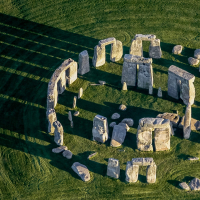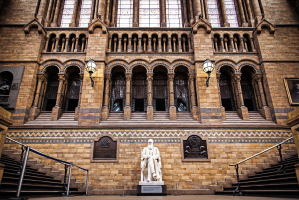Top 10 Eerie Mysteries That Still Haunt France
Any country with a rich and interesting history, such as France, is certain to have some eerie vestiges of its dramatic past, acting as a reminder of lives and ... read more...times long gone. Examine some of the mysteries, intrigues, scandals, and frightening tales from one country's rich history once more. Here is a list of top 10 Eerie Mysteries That Still Haunt France that you should not miss.
-
Let's start with something unusual: the enigma surrounding one of modern-day France's most prominent serial killers is simply known as Le Grêlé, or "the pitted-faced man." He vanished after perpetrating several rapes and murders in the 1980s and 1990s, and his name remained unknown for 35 years until early October 2021, when he was eventually released. determine your identity
Le Grêlé was François Vérove, a former gendarmerie officer who committed suicide just before his name was made public. He was recently summoned for questioning and was required to produce a DNA sample to compare with the traces left at the site, so he's probably aware that he'll be identified soon. Vérove left a written confession, and his DNA was matched against samples from the crimes, establishing his identity as the infamous Le Grêlé. The only puzzle left to solve now belongs to the Paris police, who are attempting to piece together Le Grêlé's crimes to see if there are any more victims.
Informations about Le Grêlé:
Date/place of birth: January 22, 1962, Gravelines, France
Date of death: September 29, 2021, Le Grau-du-Roi, France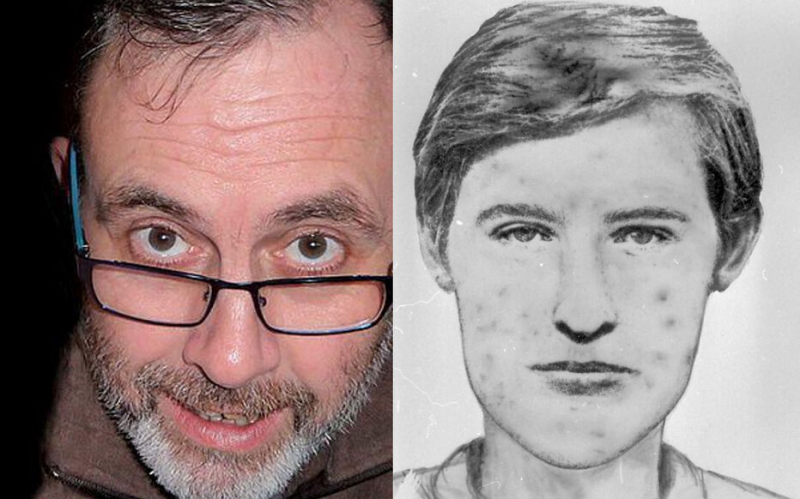
cnews.fr -
Back in the mid-18th century, it was dangerous to travel alone through the province of Gévaudan. This was due to a nasty beast on the prowl with a hunger for human flesh. The Beast of Gévaudan was characterized as "like a wolf, yet not a wolf" and was blamed for hundreds of attacks that resulted in 100 deaths and over 300 injuries.
The first reported victim was a 14-year-old shepherdess named Jeanne Boulet, who was attacked by the beast and had her throat ripped out in June 1764. Over the next few years, the attacks continued as the beast preyed primarily on lone women and children, yet no one was truly secure from the beast.
As the number of victims grew, the regional authorities offered a substantial reward to whoever killed the beast. Tens of thousands of men accepted the challenge, yet the monster eluded them. Then, in early 1765, Jacques Portefaix, a 10-year-old kid, became a hero after defending his pals during an attack and driving the beast away with just sticks. When word of his exploits spread throughout France, the king dispatched his royal hunters to slay the Beast of Gévaudan. One of them shot a giant wolf and took the bounty, believing the beast was dead, but the attacks persisted.
It wasn't until June 1767, however, that a farmer called Jean Chastel appeared to put a stop to the monster's reign of terror. When he learned that the beast was in his area, he went into the mountains alone, apparently armed with silver bullets. When the beast tried to attack him, he killed it and took the body to the king, who gazed at it briefly before ordering that it be destroyed.
Other names: La bête du Gévaudan (French), La Bèstia de Gavaudan (Occitan)
Country: France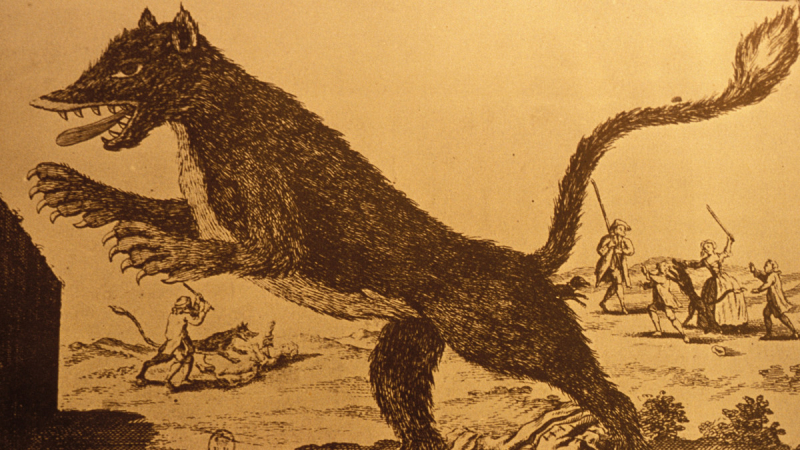
history.com 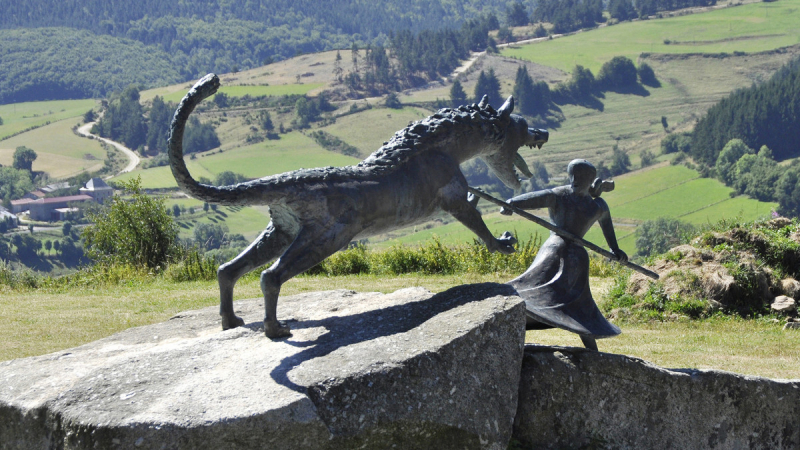
history.com -
The Praslin Affair ranks third in the list of Eerie Mysteries That Still Haunt France. At first look, the Praslin Affair scandal appeared to be a simple case: husband and wife married; husband has affair with nanny; husband murders wife. It sounds like a typical scenario, but in this case, the consequences were far bigger than anyone could have expected. It proved to be one bourgeois scandal too many for the French people, who rioted once more in the streets. They're not suggesting the Praslin Affair was exclusively to blame, but it was one of the events that directly led to the 1848 Revolution, which saw King Louis Philippe I abdicate and the monarchy abolished.
So, what exactly occurred? What people do know is that Françoise, Duchess de Choiseul-Praslin, was found stabbed to death in her chamber on August 17, 1847. Charles de Choiseul-Praslin, her husband, was equipped with a gun and appeared to be ready to fight. He said that an intruder broke into his family's home and attacked them, killing his wife before he could get his pistol.
The duke was quickly apprehended. Everyone assumed he committed it because he was having an affair with the governess, Henriette Desportes. The Duke committed suicide before his trial began, professing his innocence from his deathbed. However, once he died, the prosecution withdrew the case and the police ended the inquiry, therefore it was never determined with confidence whether Praslin was guilty or not of his wife's murder.
Informations about Duchess de Praslin:
Born: April 14, 1807
Died August 17, 1847 (age 40) Paris, France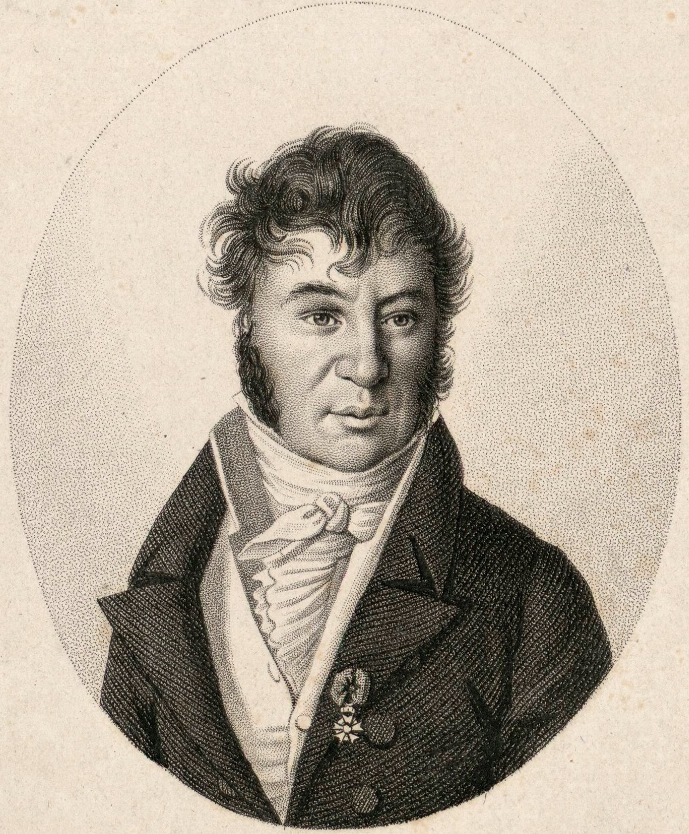
en.wikipedia.org 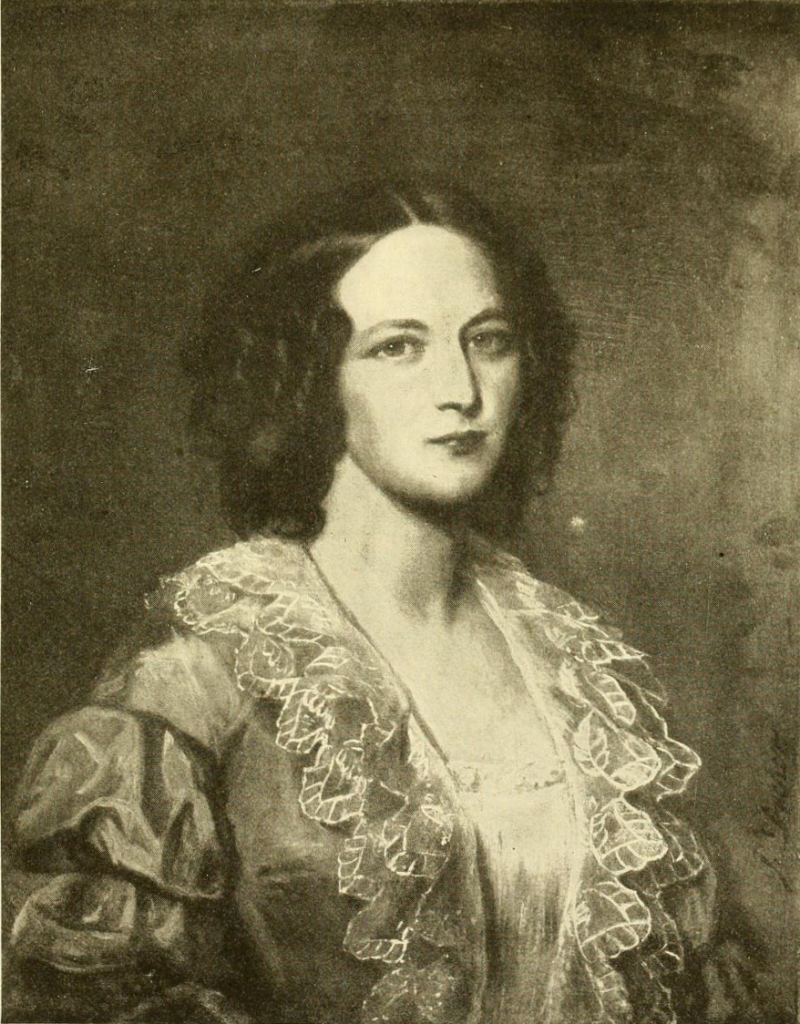
en.wikipedia.org -
Paris has a long and brutal history, so it's hardly surprising that it has more than its fair share of ghost stories. One of the most intriguing comes from Vichy France, a brief but chaotic period. During WWII, France was divided into two parts: one was directly controlled by the Germans, and the other was Vichy France, which, while officially independent, was effectively a puppet state of the Nazis.
However, throughout this difficult period, many individuals rose up and fought for their nation as members of the French Resistance. One of them was an unknown Parisian lady who was married to a member of the resistance. She began an affair with an SS officer in order to gather intelligence and pass it to the resistance.
She was meant to meet her husband on the Pont Marie, a bridge that crosses the Seine, on a cold winter night, but he never showed up. The woman began crying, knowing that he would never miss their appointment unless something terrible happened, but she refused to leave. She waited all night, and by dawn, she had frozen to death. People crossing the Pont Marie have claimed seeing her ghost ever since, especially on cold nights when she is still grieving and waiting for her husband.
Informations about the Pont Marie bridge:
Locale: Paris, France
Official name: Pont Marie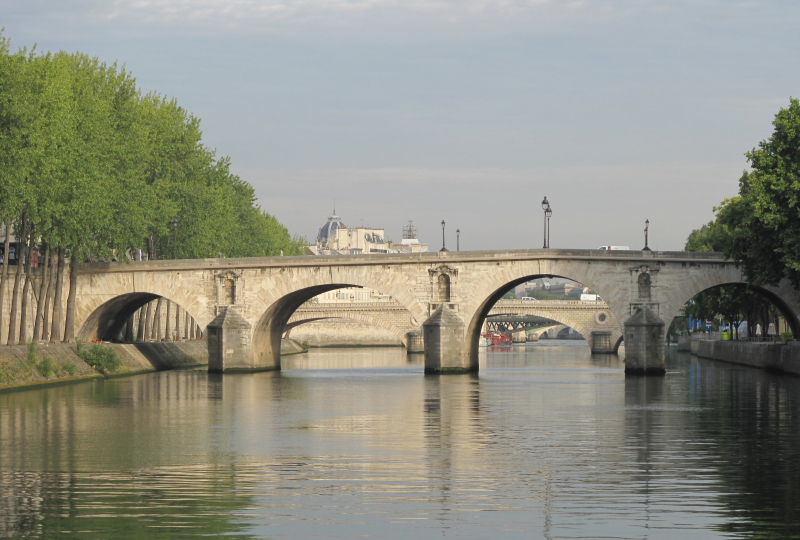
histoires-de-paris.fr 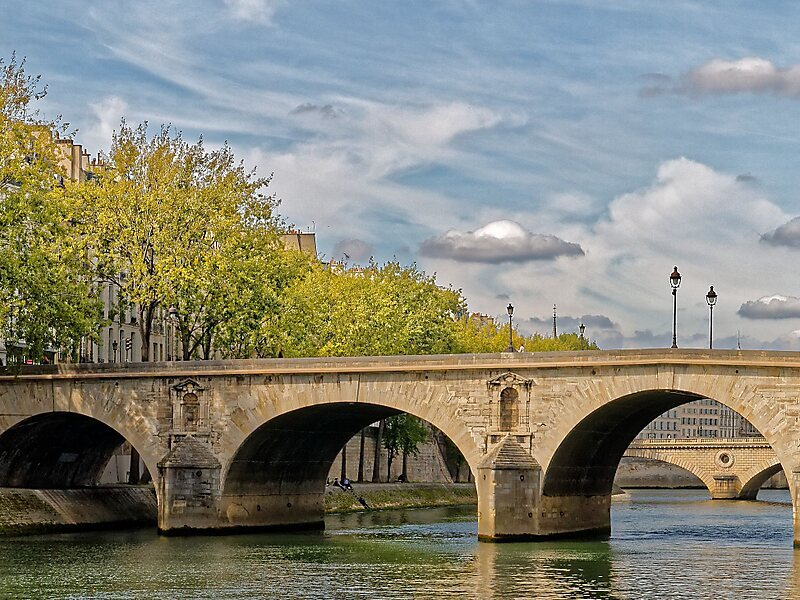
histoires-de-paris.fr -
The Dupont de Ligonnès Case ranks 5th in the list of Eerie Mysteries That Still Haunt France. In April 2011, the bodies of the Dupont de Ligonnès family were discovered buried in the grounds of their home in Nantes, committing one of the most terrible and shocking crimes in contemporary French history. Agnès Dupont de Ligonnès and her four children had been shot in the back of the head with a.22 long rifle, but the family's head, Xavier Dupont de Ligonnès, was gone.
Obviously, he became the major suspect in the murders, and as the inquiry progressed, more evidence was discovered against him. Dupont de Ligonnès had inherited a.22 rifle from his father and traveled to shooting ranges to learn how to use it in the months leading up to the atrocities. He also purchased other dubious items, including bags of chalk lime and cement, ammunition, rubbish bags, a spade, and a trolley. Finally, he wrote to his children's schools to inform them that the family was relocating to Australia, so that they would not be suspicious if the children did not show up for class.
All clues pointed to Xavier Dupont de Ligonnès carrying out his family's killings on purpose. But by the time the police discovered their dead a few weeks later, Xavier had become a ghost. Despite leaving a clear trail as he journeyed to the southwest of France, he simply vanished once he arrived at the commune of Roquebrune-sur-Argens. Some assumed he committed suicide in the neighboring mountains, but after an exhaustive search, no corpse was ever recovered.
Informations about Xavier Dupont de Ligonnès
Born: 9 January 1961, Versailles, Yvelines, France
Disappeared: 15 April 2011 (aged 50)Roquebrune-sur-Argens, Var, France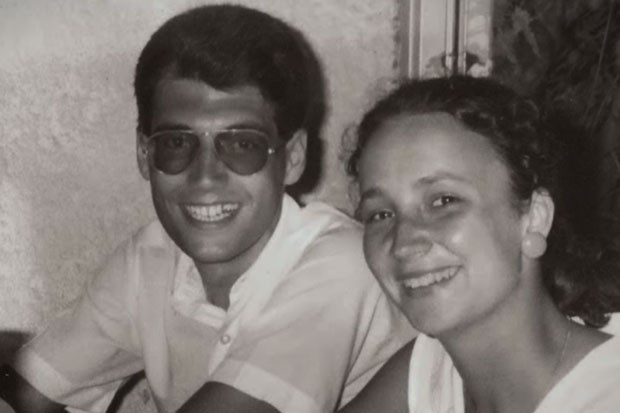
allthatsinteresting.com -
Ernest Hemingway is now widely regarded as one of America's best novels, although this was not always the case. He was a struggling writer who had yet to produce a piece of fiction in the early 1920s. Hemingway had moved to Paris with his first wife, Hadley Richardson, where he worked as a foreign correspondent during the day and wrote books at night.
In 1922, the 23-year-old journalist was assigned to a temporary job in Lausanne, Switzerland, where he appeared to be getting his big break. When an editor told Hemingway that he enjoyed his writing and wanted to see more of it, he urged his wife to pack his manuscripts and travel to Switzerland.
Since Hadley was not sure what her husband needed, she packed everything – manuscripts, notes, drafts, even the carbon copies. Almost every word of fiction that Ernest Hemingway had written up until that point was in that suitcase…and then the suitcase was stolen at the Paris train station. Hemingway lost several short stories and, most notably, the draft for his first novel – a story set in World War I which, for whatever reason, he never attempted to rewrite. What happened to the stolen luggage is unknown, but it remains a sort of Holy Grail for literary fans who hope it will be discovered one day in some dusty attic.
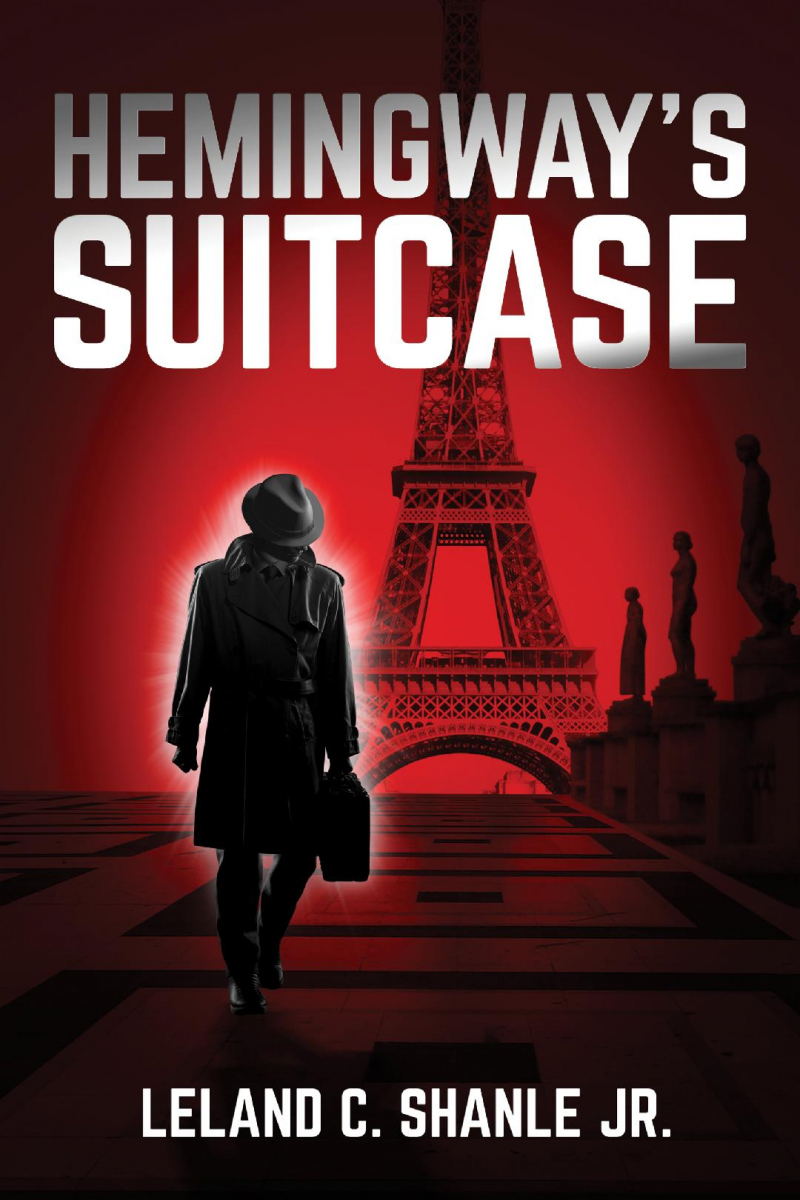
qz.com 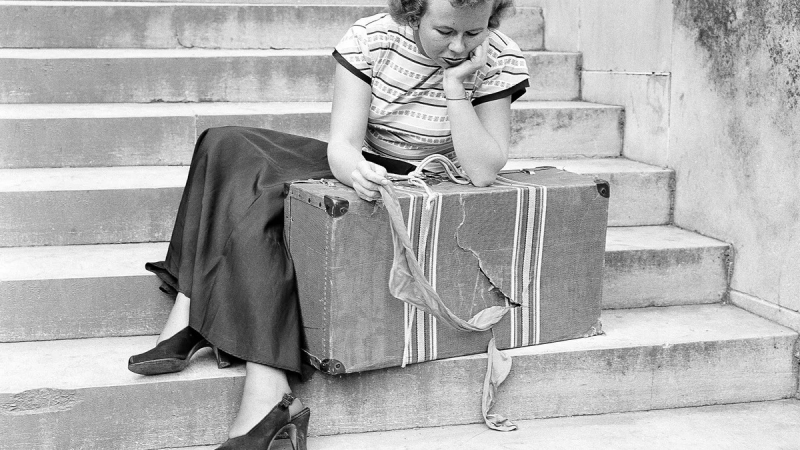
qz.com -
On the night of September 10, 1954, in the northern commune of Quarouble, a local railway worker named Marius Dewilde claimed to have had a visit from two aliens, resulting in one of France's oddest UFO stories. According to the New York Times, a cigar-shaped UFO landed near Dewilde's garden gate, and two small aliens wearing space suits resembling diver's costumes emerged. The alien ship then fired a "paralyzing beam of light" at Dewilde, preventing him from going in closer to investigate, and by the time he recovered, the aliens had already taken off again. Authorities reportedly examined the incident and discovered odd marks on the railway rails, but there was no solid confirmation of an alien presence.
As bizarre as it sounds, the story doesn't end there because word of Dewilde's adventure went far and wide, including to the wine-producing village of Châteauneuf-du-Pape, hundreds of miles south of Quarouble. To protect their constituents and vineyards from potential alien invaders, the mayor and town council issued a municipal decree prohibiting all UFOs, stating that "the overflight, landing, and takeoff of aircraft known as flying saucers or flying cigars, regardless of nationality, are prohibited on the territory of the community."
Informations about Marius Dewilde
Born: 1921, France
Died: 1996 -
Supporters of Louis Le Prince claim that the French inventor should be recognized as the genuine "father of cinematography," despite the fact that Thomas Edison and the Lumière brothers are often given credit. According to legend, Le Prince shot the first film in history in Leeds in 1888, but inexplicably vanished before exposing it to the wider public.
It appears that Louis Le Prince was a victim of his own ambition since, at a period when there was a patent race among numerous innovators, he wanted to take his time perfecting his creation. Despite the fact that he made his first film in 1888, he waited two years before deciding it was suitable for its first public showing.
The event was intended to take place in New York in September 1890. Following their mother's death, Le Prince had been staying in Dijon with his brother, Albert. He boarded a train bound for Paris with all of the materials and patents he required for the exhibition, but he never arrived in the French capital. His pals were waiting for him in Paris, but there was no sign of him.
Following his disappearance, several intriguing possibilities emerged, but none were ever proven. According to one account, Albert Le Prince murdered his brother over their inheritance, and Louis never made it onto the train. Others claimed that Le Prince drowned himself or that he vanished on purpose to start a new life somewhere else, but by far the most intriguing theory was that the inventor's disappearance and subsequent death were orchestrated by none other than Thomas Edison, who wanted to maintain his monopoly over this new and revolutionary invention.
Informations about Louis Le Prince:
Born: 28 August 1841Metz, France
Disappeared: September 16, 1890Dijon, France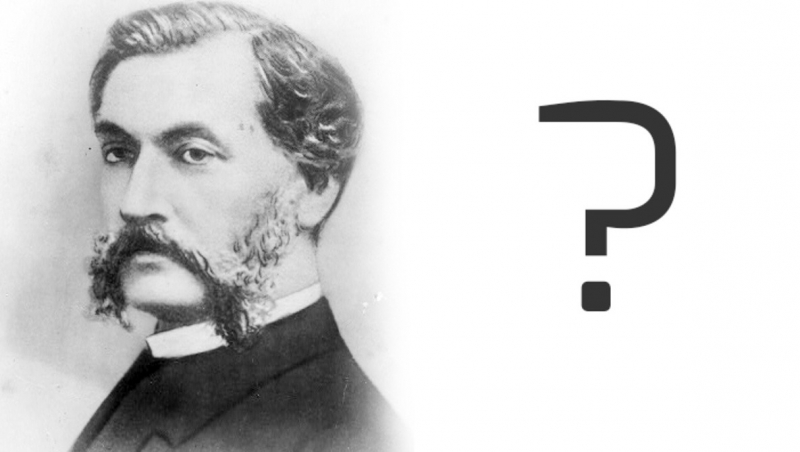
thevintagenews.com 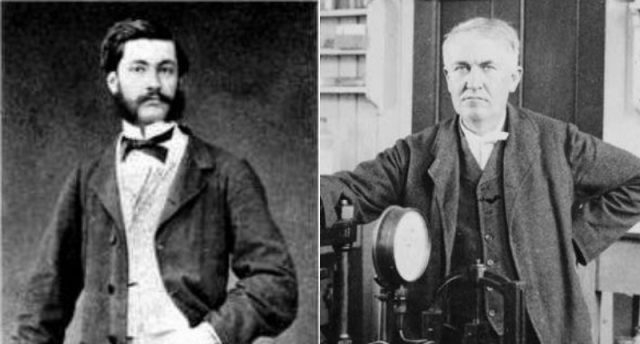
thevintagenews.com -
The Château de Chambord in the Loire Valley is one of the most spectacular and distinctive examples of French Renaissance architecture, however the designer's identity remains a mystery. There are no documents, building plans, or even contemporary literature describing its construction, yet some speculate that the architect was none other than Leonardo da Vinci.
The timelines correspond in chronological order. In 1516, an ailing Leonardo accepted Monarch Francis I of France's invitation to join his court as the "principal painter, architect, and engineer of the king." He died in 1519, the same year that work on the Château de Chambord began.
Those who have studied the works of the Italian polymath perceive his influence in many parts of the castle, including the ornate façade and grid-style plan, but especially in the castle's most famous feature, the staircase. The staircase's design was unique in French architecture at the time, with a double spiral that allowed two persons to move up and down the stairs without colliding. People couldn't help but remark how similar it was to Leonardo's "double helix" design, which appears in multiple designs. Could the castle plans be da Vinci's final masterpiece?
Start date/year: September 6, 1519
Address: Château, 41250 Chambord, France
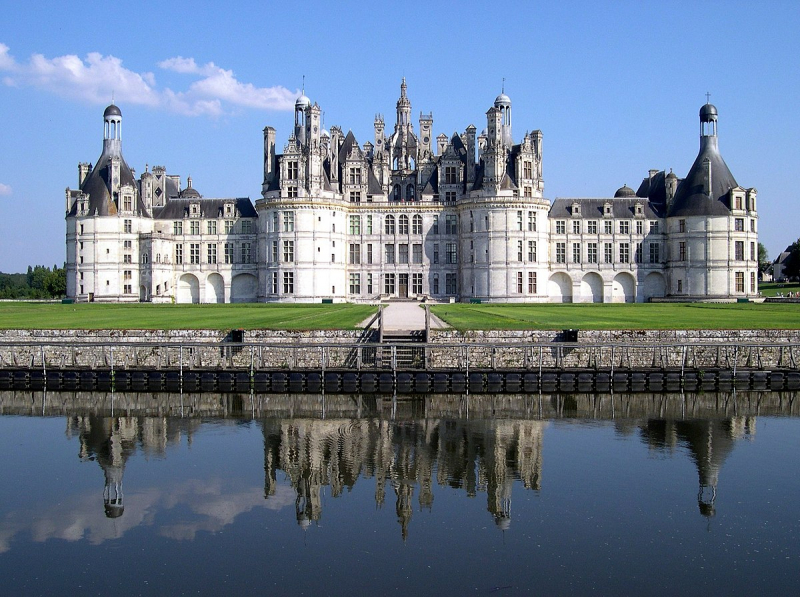
fr.wikipedia.org 
vi.wikipedia.org -
Initially, Jean-Marie Leclair's narrative was one of remarkable success. He was born in Lyon in 1697 and began his career as a lacemaker before learning dancing. Then he turned to music and established himself as one of the most outstanding violinists of his time, even being dubbed the "French Corelli." By his 50s, Leclair had established himself as a renowned composer who frequently performed for European royalty. In 1758, his life took a turn for the worst. After his second marriage dissolved, Leclair chose to relocate to a small house in a seedy neighborhood of Paris. This was strange because the composer could undoubtedly afford considerably better living conditions.
On the evening of October 22, 1764, his life ended unexpectedly. As he returned home, Leclair was stabbed three times and killed in his vestibule. The gardener discovered him the next morning, and despite the fact that the Parisian police started an inquiry into Leclair's death, they never found out who killed him. His nephew was a popular suspect, as was Leclair's ex-wife, or perhaps a random attack, but the murderer's exact identity remains unknown.
Informations about Jean-Marie Leclair:
Date/place of birth: May 10, 1697, Lyon, France
Date of death: October 22, 1764, Paris, France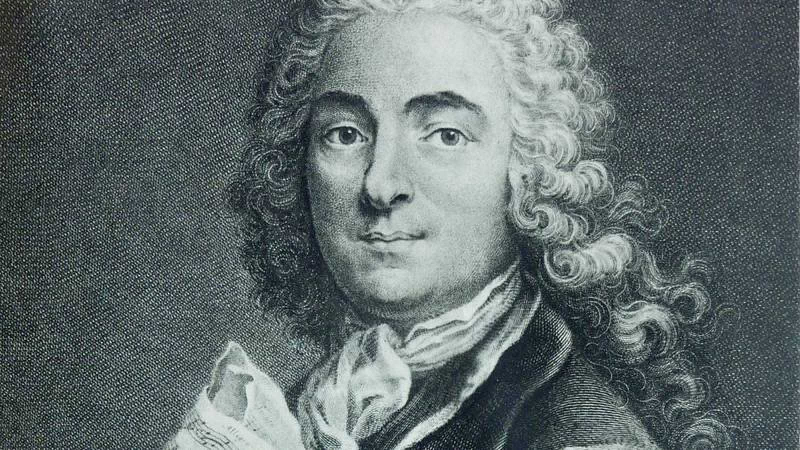
rtve.es


















